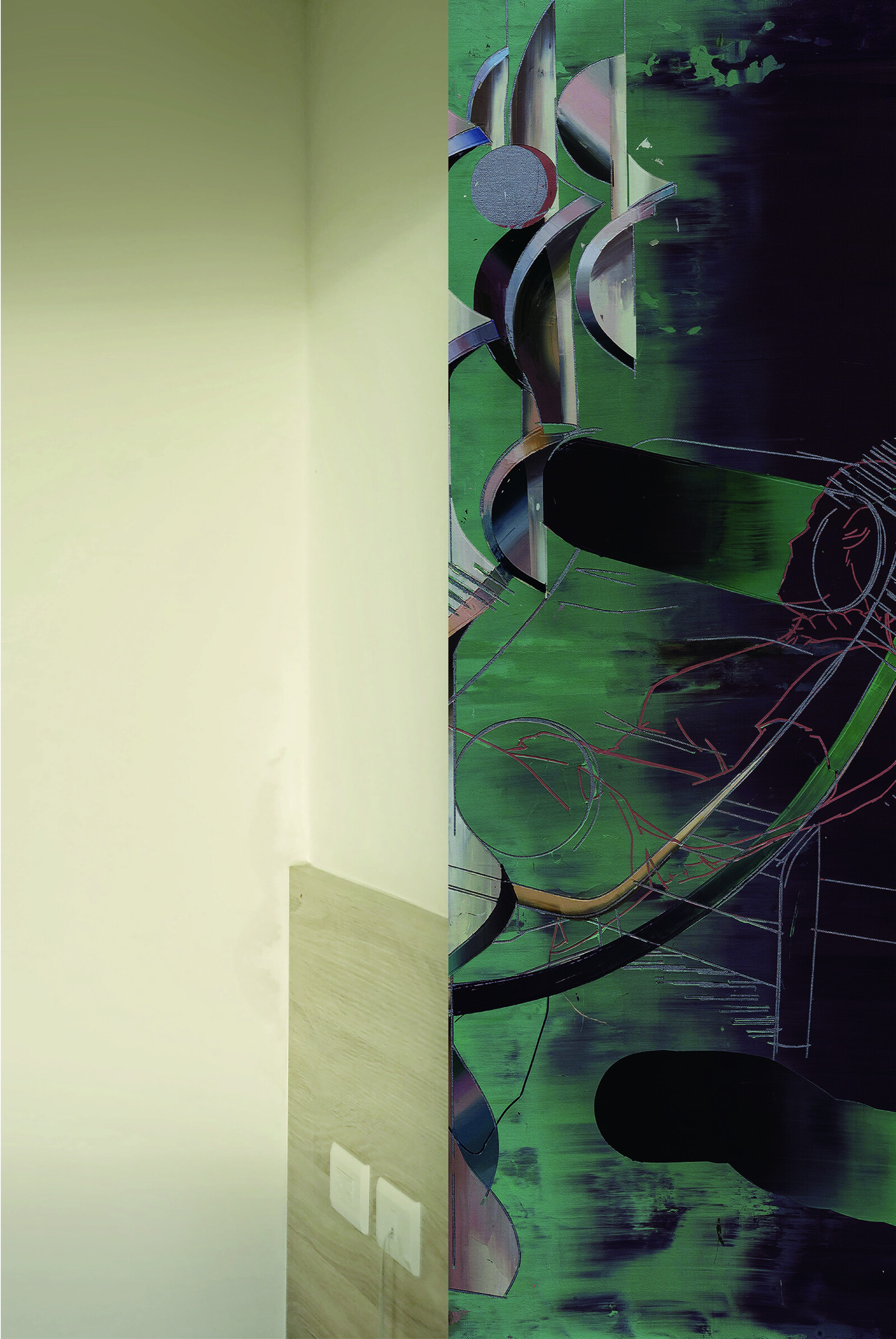The Enormous Space
A double solo exhibition
January 20–April 8, 2018
Exhibition halls A and B
F2 Building, OCT-LOFT
Enping Road, Nanshan
Shenzhen
China
Hours: Tuesday–Sunday 10am–5:30pm
info@ocat.org.cn
The Enormous Space: Double Solo Exhibition of Lee Kit and Cui Jie shows brand new works by the two artists.
“The Enormous Space” is a short story by J.G. Ballard, the famed British writer born in Shanghai’s former concessions, that maps how space is produced in art, uniting the inner imaginary world and external reality. Weary and fearful of suburban life, the protagonist of the story decides to never set foot outdoors again, using the gate of his house as a weapon against the outside world. Ultimately, his almost primitive lifestyle reveals how the physical space outside compressed life itself, and paradoxically expanded his inner world.
Cui Jie references architect Le Corbusier’s unrealized design Maison Feuter (1950). All of Cui Jie’s drawings, sketches, and sculptures in this show come out of her research into Chinese architecture and public sculpture. Her paintings reflect the modes of expression mediated by urbanization and personal aesthetics for the past 30 years or the transitional period from planned economy to market economy. Using cumulative techniques, the paintings build up architectural details, breaking away from the linear logic of perspectival space. Modeled on Le Corbusier’s furniture, new works connect the body and urban space. This work references one of the architect’s unrealized domestic buildings intended to fulfill the basic human living requirement—intended as a way to liberate humankind, it also suffocated the progress and development of social aesthetics.
Lee Kit’s I didn’t know that I was dead is composed of ambiguous poetic texts, dislocated walls, and diluted and overlaid colors, assembling and blending mundane fragments. Using space as a canvas, the work combines projection and sound to juxtapose multiple highly personal narratives. Through psychological transference, it constructs a new depth-of-field inside the exhibition, molding the inner space of the work inner space. This irregular space creates a familiar environment through obstruction and perspectival juxtaposition, responding to the object under the framework of the modern city while attempting to awaken the obscure consciousness of the audience.


